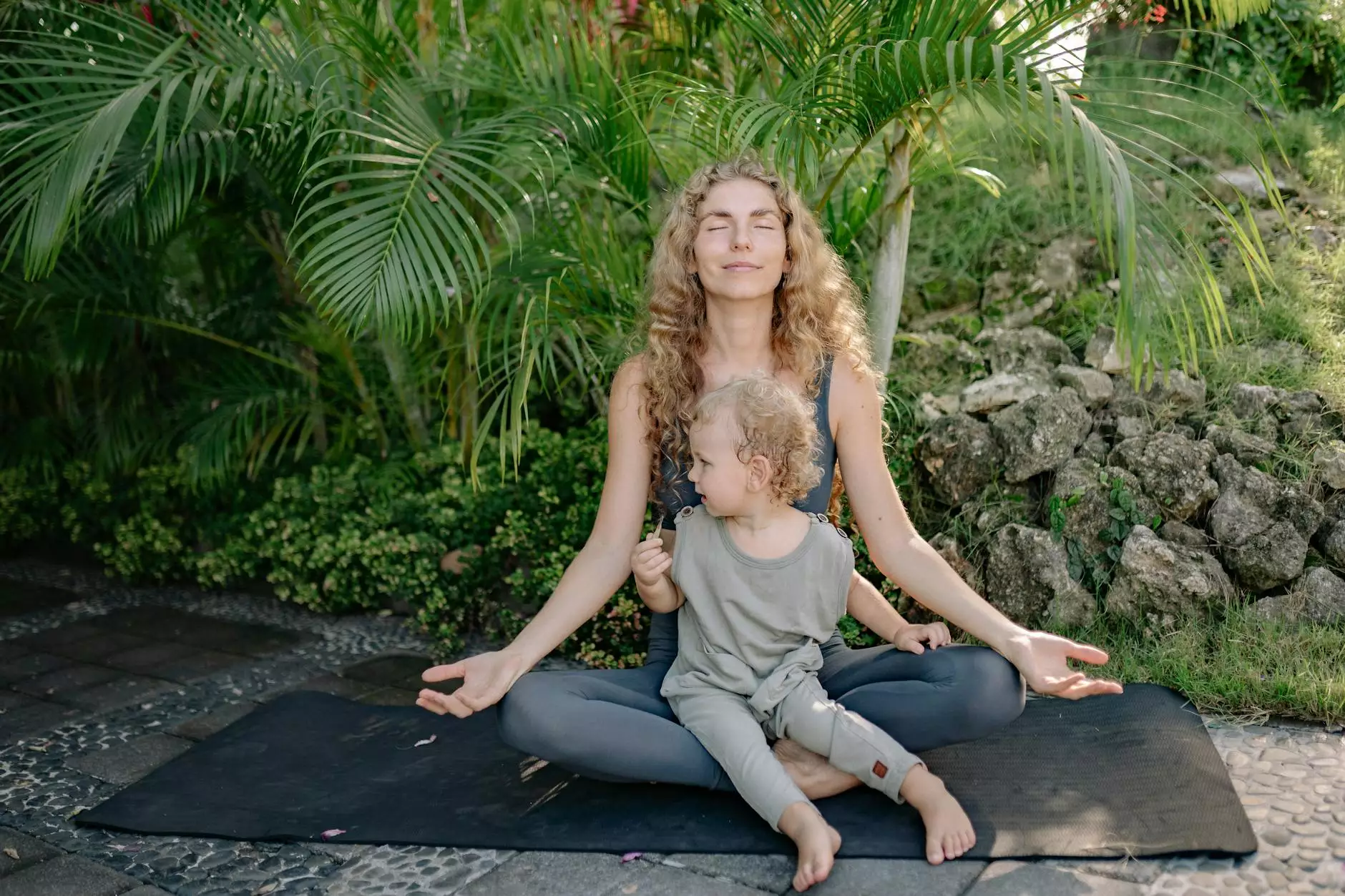Is It Good To Run Barefoot?
Blog
Welcome to Mary Jo Giagiari, D.C., your trusted source for valuable health information!
The Benefits of Running Barefoot
Running barefoot has gained popularity in recent years due to the numerous benefits it offers. When you run without shoes, your feet connect directly to the ground, allowing for a more natural and efficient stride. This can improve your running technique and help you achieve better performance.
One of the primary advantages of running barefoot is the strengthening of foot muscles. Shoes can restrict the natural movement of your feet, leading to a weakened musculature. By going barefoot, you engage these muscles and promote their development, resulting in improved stability and balance.
Additionally, running without shoes can enhance proprioception, which is your body's ability to sense its position in space. Increased proprioception can improve your coordination and reduce the risk of injuries, as you become more attuned to your body's movements and potential hazards in your running environment.
Potential Risks and Precautions
While running barefoot can offer a multitude of benefits, it is important to understand and mitigate the potential risks involved.
One concern is the lack of cushioning that shoes typically provide. Without proper shock absorption, the impact forces experienced during running can stress your feet, ankles, and legs. It is crucial to gradually transition into barefoot running and allow your body to adapt to the new demands. Start with shorter distances and softer surfaces, gradually increasing both as your feet and leg muscles get stronger.
Another risk to be aware of is the potential for injury due to sharp objects or unstable surfaces. When running without shoes, you are more exposed to elements on the ground that could cause cuts, bruises, or sprains. Remain vigilant and choose your running routes carefully to minimize these risks. Consider barefoot running on grassy fields or well-maintained tracks to reduce the chances of encountering harmful debris or uneven terrain.
Tips for Safe and Effective Barefoot Running
To maximize the benefits and minimize the risks associated with barefoot running, follow these essential tips:
- Proper Warm-Up: Prior to running, perform dynamic stretches and exercises specific to your feet and lower body to prepare your muscles for the activity.
- Gradual Transition: Start by incorporating short barefoot running sessions into your regular running routine. Gradually increase the time and distance as your body adjusts.
- Good Form: Focus on maintaining a proper running form with an upright posture, relaxed shoulders, and a midfoot landing. Avoid overstriding and excessive heel striking.
- Foot Care: Regularly inspect your feet for any signs of blisters, calluses, or other irritations. Keep your feet clean, moisturized, and maintain proper toenail hygiene.
- Vary Surfaces: Run on a variety of surfaces (grass, sand, dirt, etc.) to challenge and strengthen your feet in different ways while avoiding repetitive stress on the same areas.
- Listen to Your Body: Pay attention to any pain, discomfort, or unusual sensations during or after running. Rest when needed and seek professional guidance if persistent issues arise.
Conclusion
Running barefoot can be a rewarding and beneficial experience when approached with caution and proper preparation. Mary Jo Giagiari, D.C. encourages you to explore the advantages of barefoot running while ensuring your safety and well-being. Consult your healthcare professional for personalized advice based on your individual health needs and fitness goals.
Remember, the journey to better running starts one step at a time, whether it's with or without shoes!




